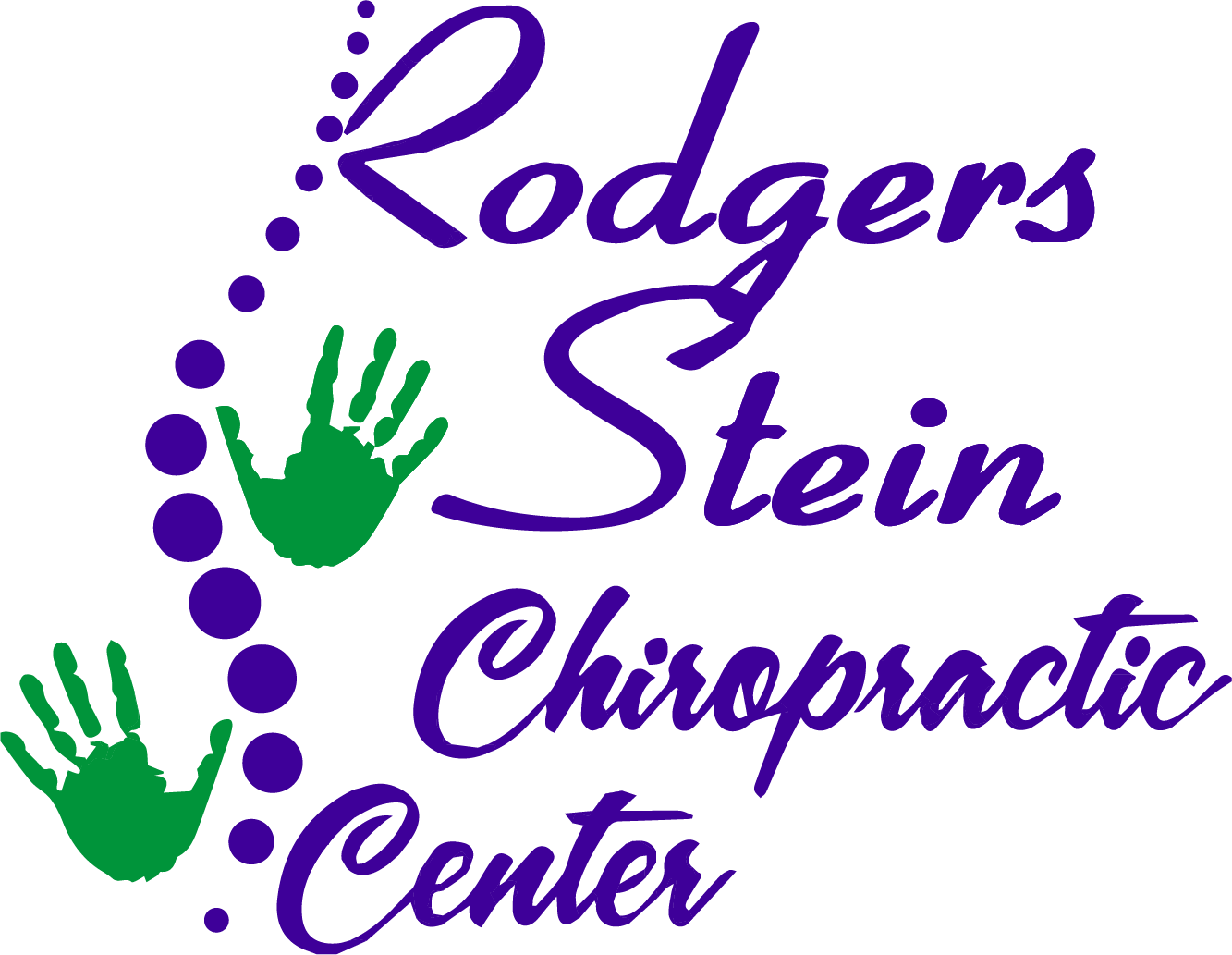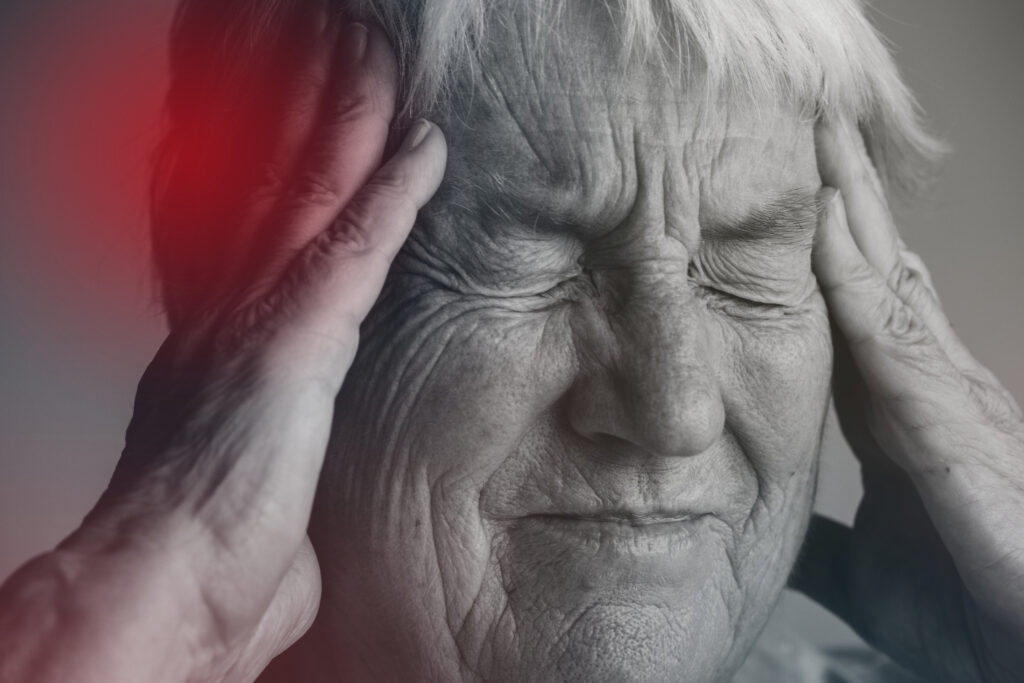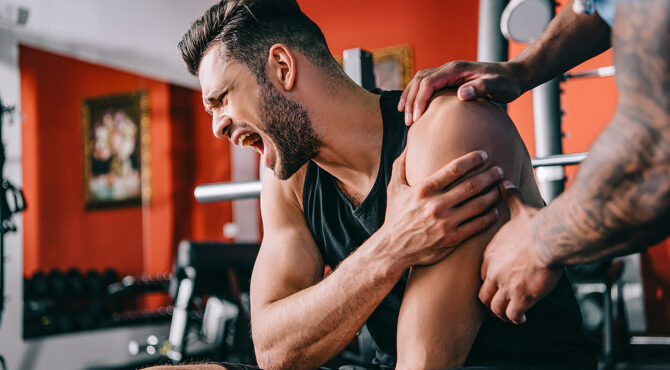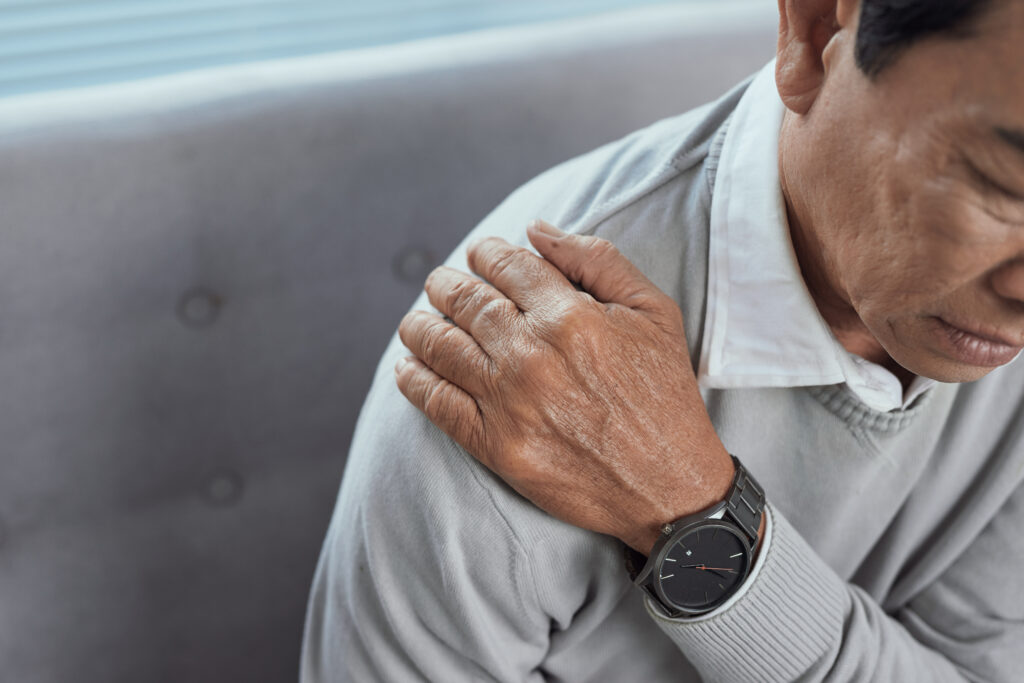You might not realize how closely your physical state ties into your mental well-being. Poor posture and muscle tension can amplify feelings of anxiety, creating a cycle that's tough to break. By exploring the benefits of adjustments—like chiropractic care and massage therapy—you can discover effective strategies for reducing anxiety and enhancing your emotional resilience. Understanding this connection could transform your approach to managing stress, but what specific techniques can you implement to access that calm within?
Understanding Anxiety and Its Impact
Anxiety can feel like a heavy cloud hanging over you, affecting your daily life in profound ways. It creeps into your thoughts, making simple tasks seem intimidating and overwhelming. You might find yourself constantly worrying about what's next, whether it's a presentation at work or a social gathering. This persistent unease can drain your energy and rob you of joy, leaving you feeling isolated and exhausted.
Understanding anxiety is vital to managing its impact. It's not just a fleeting feeling; it's a complex interplay of thoughts, emotions, and physical responses. When anxiety strikes, your body goes into fight-or-flight mode, triggering symptoms like increased heart rate, sweating, and a sense of impending doom. Recognizing these symptoms is the first step toward regaining control.
You might notice that anxiety affects your relationships too. You may withdraw from friends and family, fearing judgment or misunderstanding. This isolation can intensify feelings of loneliness, creating a vicious cycle that's hard to break. It's important to acknowledge these feelings and understand that you're not alone in this struggle.
Taking a proactive approach to understanding your anxiety can empower you to make changes. By identifying triggers and patterns, you can start to navigate your feelings more effectively.
The Role of Physical Adjustments
Making physical adjustments can greatly improve your alignment and reduce anxiety.
You might find that simple stress relief techniques, like stretching or proper posture, help you feel more grounded and relaxed.
Let's explore how these adjustments can lead to a calmer mindset and overall well-being.
Physical Alignment Benefits
Physical adjustments play an essential role in enhancing your overall well-being. When your body is physically aligned, you may experience improved posture, increased flexibility, and reduced discomfort. These adjustments can help alleviate tension in your muscles and joints, leading to a more relaxed state.
By addressing misalignments, you're not just relieving pain; you're also fostering a better connection between your mind and body. You might notice that physical alignment benefits extend beyond the physical domain. As your body aligns, you may find that your mental clarity improves, allowing you to think more clearly and focus better. This clarity can help you manage your daily tasks with greater ease and diminish feelings of overwhelm.
Additionally, proper alignment supports efficient movement patterns in your daily life. When you move freely and effortlessly, you're less likely to experience fatigue or strain, which can contribute to a more positive outlook.
Ultimately, investing in physical adjustments can create a ripple effect, enhancing your emotional resilience and reducing anxiety. By prioritizing your physical alignment, you're taking a significant step toward achieving a calmer and more balanced life.
Stress Relief Techniques
Finding effective stress relief techniques is essential for maintaining your mental well-being, and physical adjustments can play a significant role in this process.
When your body feels aligned and relaxed, your mind often follows suit, creating a more balanced state of being. Here are three stress relief techniques that incorporate physical adjustments:
- Stretching Exercises: Incorporate simple stretches into your daily routine. Stretching helps release muscle tension, improves blood flow, and can enhance your mood.
- Mindful Breathing: Focus on your breath while adjusting your posture. Sit up straight, take deep breaths, and feel the air filling your lungs. This not only calms your mind but also enhances your physical alignment.
- Massage Therapy: Consider scheduling regular massages. They can alleviate tension in your muscles, promote relaxation, and improve your overall physical state, leading to reduced anxiety.
Chiropractic Care and Anxiety Relief
Chiropractic care offers a holistic approach to alleviating anxiety, addressing both physical and mental well-being. When you receive chiropractic adjustments, you're not just improving your spine's alignment; you're also positively impacting your nervous system. A properly aligned spine can enhance communication between your brain and body, which may lead to reduced anxiety levels.
The adjustments help relieve tension in your muscles and joints, which can be physical manifestations of stress. As you experience relief in your body, you may find that your mind becomes calmer as well. This mind-body connection is essential since anxiety often stems from physical discomfort. By addressing these physical issues, chiropractic care can create a more relaxed state of being.
Furthermore, many people report feeling more balanced and grounded after chiropractic sessions. This can lead to improved sleep patterns, better focus, and overall emotional well-being. When you feel physically better, it's easier to manage stressors and anxiety in your life.
Another important aspect of chiropractic care is its emphasis on personalized treatment plans. Your chiropractor will assess your unique needs and develop a strategy tailored to you. This individualized approach can empower you, making you feel more in control of your mental health.
Benefits of Massage Therapy
Massage therapy offers numerous benefits that extend beyond mere relaxation, enhancing both your physical and mental well-being. When you indulge in regular massage sessions, you don't just treat your body; you also nurture your mind.
Here are three key benefits that can greatly improve your quality of life:
- Reduced Stress and Anxiety: Massage therapy stimulates the release of endorphins, the body's natural feel-good hormones. This process helps lower cortisol levels, reducing stress and anxiety. You'll likely feel more at ease and ready to tackle daily challenges after a session.
- Improved Circulation: The techniques used in massage therapy promote better blood flow throughout your body. Enhanced circulation not only delivers oxygen and nutrients to your muscles but also helps remove toxins. As a result, you may experience less muscle soreness and fatigue, giving you more energy for daily activities.
- Enhanced Sleep Quality: Regular massages can help improve your sleep patterns. By relaxing tense muscles and calming your mind, you create an environment conducive to restful sleep. Better sleep can elevate your mood and boost overall mental clarity.
Incorporating massage therapy into your wellness routine can lead to profound improvements in your life. It's not just about pampering yourself; it's about revealing the potential for a healthier, more peaceful you.
Other Bodywork Techniques
When you're exploring ways to manage anxiety, other bodywork techniques can be incredibly helpful.
For instance, acupuncture has shown promise in providing relief from anxious feelings.
Additionally, combining these methods with traditional massage therapy can enhance your overall sense of well-being.
Massage Therapy Benefits
Among various bodywork techniques, massage therapy offers a range of benefits that can markedly enhance your overall well-being.
By incorporating regular massage sessions into your routine, you can experience improvements not just in your physical health but also in your mental state.
Here are three key benefits you might enjoy:
1. Stress Reduction: Massage therapy effectively lowers cortisol levels, helping you feel more relaxed and less anxious.
You'll likely find that regular sessions create a sense of calm in your daily life.
2. Improved Circulation: The manipulation of your muscles during a massage boosts blood flow, allowing oxygen and nutrients to reach your tissues more efficiently.
This can lead to enhanced physical performance and quicker recovery after workouts.
3. Enhanced Mood: Massage releases endorphins, the body's natural mood elevators.
You may notice an uplift in your spirits and a decrease in feelings of anxiety or depression after treatment.
Acupuncture for Anxiety Relief
If you're exploring additional bodywork techniques to address anxiety, acupuncture might be the perfect complement to massage therapy. This ancient Chinese practice involves inserting thin needles into specific points on your body to stimulate energy flow, or "Qi." Many people find that acupuncture not only helps alleviate physical tension but also calms the mind, making it a powerful ally in your fight against anxiety.
Research shows that acupuncture can help regulate neurotransmitters, such as serotonin and dopamine, which play a significant role in mood stabilization. By addressing these imbalances, you may experience reduced feelings of anxiety and improved overall emotional health.
The treatment typically lasts about 30 to 60 minutes, during which you'll lie comfortably while the practitioner places needles in targeted areas. You might feel a slight prick when the needles are inserted, but most people report feeling deeply relaxed during the session. Afterward, you may notice a sense of peace and clarity.
When combined with massage therapy, acupuncture can create a holistic approach to managing anxiety, promoting both physical relaxation and emotional well-being. So, why not give it a try and see how it can support your journey to calm?
Mind-Body Connection Explained
Often overlooked, the mind-body connection plays an essential role in how we experience and manage anxiety. Your thoughts and feelings can greatly influence your physical health, and vice versa. When you feel anxious, your body often reacts with tension, increased heart rate, or even digestive issues. Understanding this connection can empower you to take control of your anxiety.
Here are three key aspects of the mind-body connection that you should consider:
- Emotional Awareness: Paying attention to your emotions helps you recognize anxiety triggers. When you identify what makes you anxious, you can address those feelings more effectively.
- Physical Responses: Your body responds to stress in various ways, such as muscle tension or shallow breathing. Learning to notice these physical signs can help you intervene before anxiety escalates. Techniques like deep breathing or progressive muscle relaxation can mitigate these responses.
- Holistic Practices: Engaging in holistic practices like yoga or mindfulness can strengthen the mind-body connection. These practices help you cultivate awareness, reduce stress, and promote relaxation, making it easier to navigate anxiety.
Tips for Incorporating Adjustments
Incorporating adjustments into your daily routine can markedly reduce anxiety and enhance your overall well-being. Start by identifying areas in your life that feel overwhelming. This could be work, relationships, or even your environment.
Once you pinpoint these stressors, consider small, manageable changes. For instance, if work feels chaotic, try breaking tasks into smaller steps and prioritizing them. This'll make your workload feel less intimidating.
Next, integrate mindfulness practices into your day. You don't need to set aside hours; even five minutes of deep breathing or meditation can ground you. Find a quiet spot, close your eyes, and focus on your breath. This simple adjustment can shift your mindset and lower anxiety levels.
Establishing a consistent routine is another effective adjustment. When your days have structure, you're less likely to feel overwhelmed. Set specific times for meals, exercise, and relaxation. Consistency fosters predictability, which can be calming.
Don't forget to lean on your support system. Share your feelings with friends or family, and don't hesitate to ask for help when needed. This connection can provide comfort during stressful times.
Lastly, maintain a gratitude journal. Each day, jot down a few things you're thankful for. This adjustment can shift your focus from anxiety to appreciating the positive aspects of your life.
Conclusion
Incorporating physical adjustments into your routine can be a game-changer for managing anxiety. By embracing chiropractic care, massage therapy, and other bodywork techniques, you not only alleviate physical tension but also enhance your overall emotional resilience. Remember, the mind-body connection is powerful—prioritize your posture and make mindful adjustments to release a calmer, more balanced life. Take these steps today, and empower yourself to navigate anxiety with greater ease and clarity.



